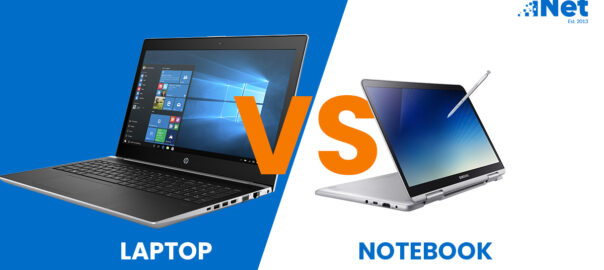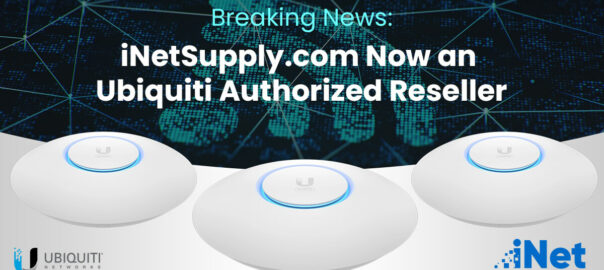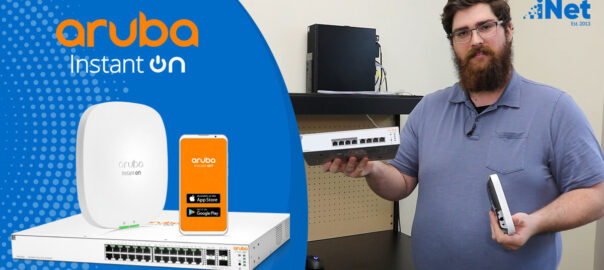In a world that is increasingly mobile, we’re all having to learn a little bit more about technology. In general, over 50% of small businesses are operated from home and over half of the companies in the U.S. allow their employees at least some remote work options—but only about 20% of those provide employees with tools and resources for work from home. That’s where iNetSupply.com can help. As a small (but mighty) business ourselves, we understand the confusion and overwhelm that can come from setting up the right tech for your home office, especially if tech isn’t in your realm of work.
iNetSupply.com is here to lend an ear, provide you with some information, and help translate the tech lingo you may be struggling with. Our team is happy to provide tips, tricks, and details about our products; giving you an idea of exactly what is needed to operate your SMB or to create a remote network from home. Over the years, iNetSupply.com has helped many customers who have similar questions regarding certain IT terms in our field. Today we are breaking down these terms to help you become a pro. You can use these terms if you’re in the market to set up a home office or small business office, so let’s get you up to speed!
Network Switch: Unmanaged vs. Managed
Before we really dive into this one let’s take a step back. What is a network, anyway?
A network is essentially the connection between all your tech equipment in your office. So, if you’re a solopreneur in your home office, this will relate to your router/firewall and wireless internet connection, computer, printer, and anything else that connects to your internet or laptop. All those components together create a network. If you’re a small business, your network may include a firewall/router, multiple laptops and desktops for each team member, home printers and office printers, fax, extra servers for data storage, and more.
A network switch is a device that connects all these components seamlessly so the equipment can “talk” to each other. Some people refer to it as the “brain” of your business. The way our brains have intricate synapses, so everything is interconnected and can communicate, a network switch does the same thing in a technology setting.
A managed switch is typically preferred for complex, larger businesses because it offers a higher level of security, is able to manage lots of traffic, and high workloads. Custom configurations can be designed to work for the business.
An unmanaged switch is more of a plug-and-play option for smaller businesses or solopreneurs who want to be able to add a device to their network with little to no work on their part.
Don’t worry—if you’re in the market for a network managed or unmanaged switch, our team can help!
SSD vs. HDD
Next up are terms that have to do with your laptop or desktop specifically. SSD aka solid-state drive or HDD hard disk drives.
Back in the day, HDD was the standard, it looks like a bulky black box with metal plates and lots of detail on the exterior. However, over time as technology has advanced, we are now able to store tons of information on small flash-memory chips that are easily hidden in a computer. Today, most of our laptops and desktops offer SSD technology for ultra-portability without a lack of storage space. HDD is used now for companies and businesses that have big data storage requirements but not huge budgets to work with.
iNetSupply.com’s dedicated sales representatives are prepared to give you pertinent information about our products to ensure that you choose the best options for yourself and your company.
Don’t Let Setting Up Your Small Business or Home Office Cause Stress—iNetSupply.com Has Your Back.
At iNetSupply.com our goal is to make your life easier. Our customer-centric approach to business always ensures that you understand what tech you need for effective and efficient home office or small business office settings. We also work to get you the best pricing possible! If setting up your office is stressing you out, give us a call and we’ll help you figure it all out, sans the stress.













